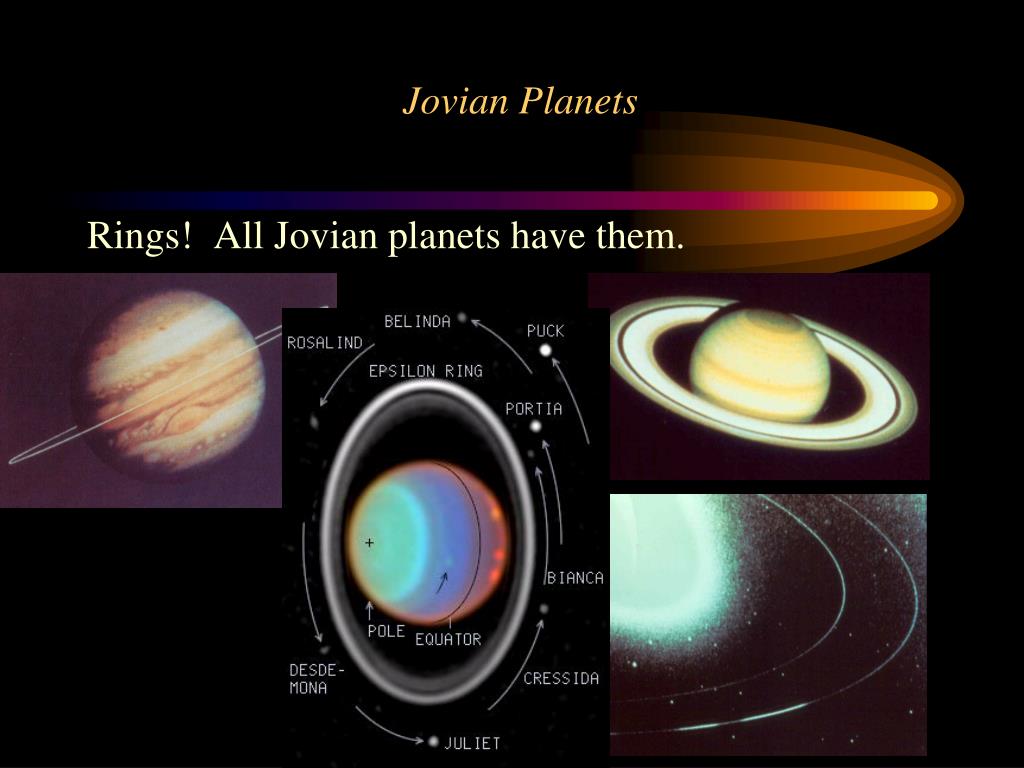

The developing cores of Jupiter and Saturn became large enough that they were able to attract and hold the hydrogen and helium from large volumes of the solar nebula before it dissipated. MaterialĪ second significant difference is the result of the greater separation of the planets and the accumulation of massive cores of rock and ices. Beyond 10 AU additional types of ices could also condense, but in smaller amounts than water ice.Ĭonsidering the solar nebula from which the solar system formed as a whole, the materials available to form a planet are as shown in the table. Being composed of hydrogen and oxygen, two of the most abundant elements in the universe, a great deal of water ice probably formed. Beyond about 4 AU water ice was able to condense, and was thus available as a raw material in addition to the silicate rocks and metals found in the inner solar system. The composition of bodies found beyond the asteroid belt is very different from that found in the terrestrial bodies and their satellites. Neptune has a set of faint rings and 13 moons. Uranus has an intricate system of narrow, dark rings, and 27 satellites (all named). Jupiter has 64 moons (50 named) and a faint ring.
#JOVIAN PLANET COMPOSITIONS AND DENSITIES PLUS#
Saturn has a complex ring system plus 62 known moons (53 named). There will doubtless be further additions to this group of objects. Uranus and Neptune were discovered following the invention of the telescope, as was Pluto.Įach of the giant planets has a system of satellites and rings, many only recently discovered by spacecraft observations of the outer solar system. These two planets were known to the ancients, who clearly regarded them as important, given the names bestowed. Jupiter and Saturn are so large that even at their great distance they appear as bright as the brightest stars. Pluto, which is more like one of the satellites of the Jovian planets than the Jovians themselves is now classified as a ‘dwarf planet.’ There are five officially recognized dwarf planets: Ceres, and the four “plutoids” – Pluto, Makemake, Haumea, and Eris. There are four planets in the outer solar system the four Jovian planets – Jupiter, Saturn Uranus, and Neptune. To an outside observer the outer planets would be regarded as the important part of the solar system, with the tiny chunks of rock and metal in the inner solar system an insignificant feature of the overall system. Also these planets are accompanied by extensive ring and satellite systems. The four Jovian or giant planets are much larger and the distances between them are much greater than the terrestrial planets. The planets of the outer solar system are very different from those of the inner solar system.


 0 kommentar(er)
0 kommentar(er)
